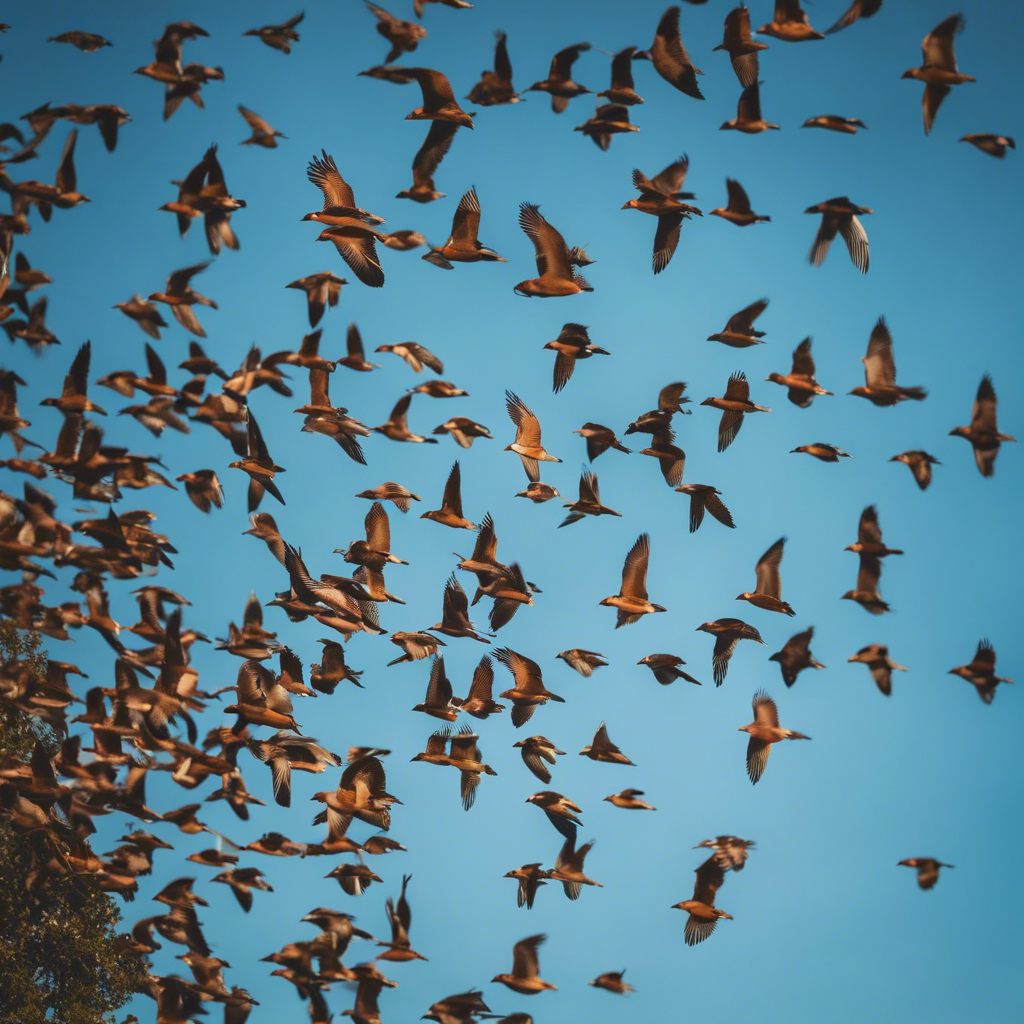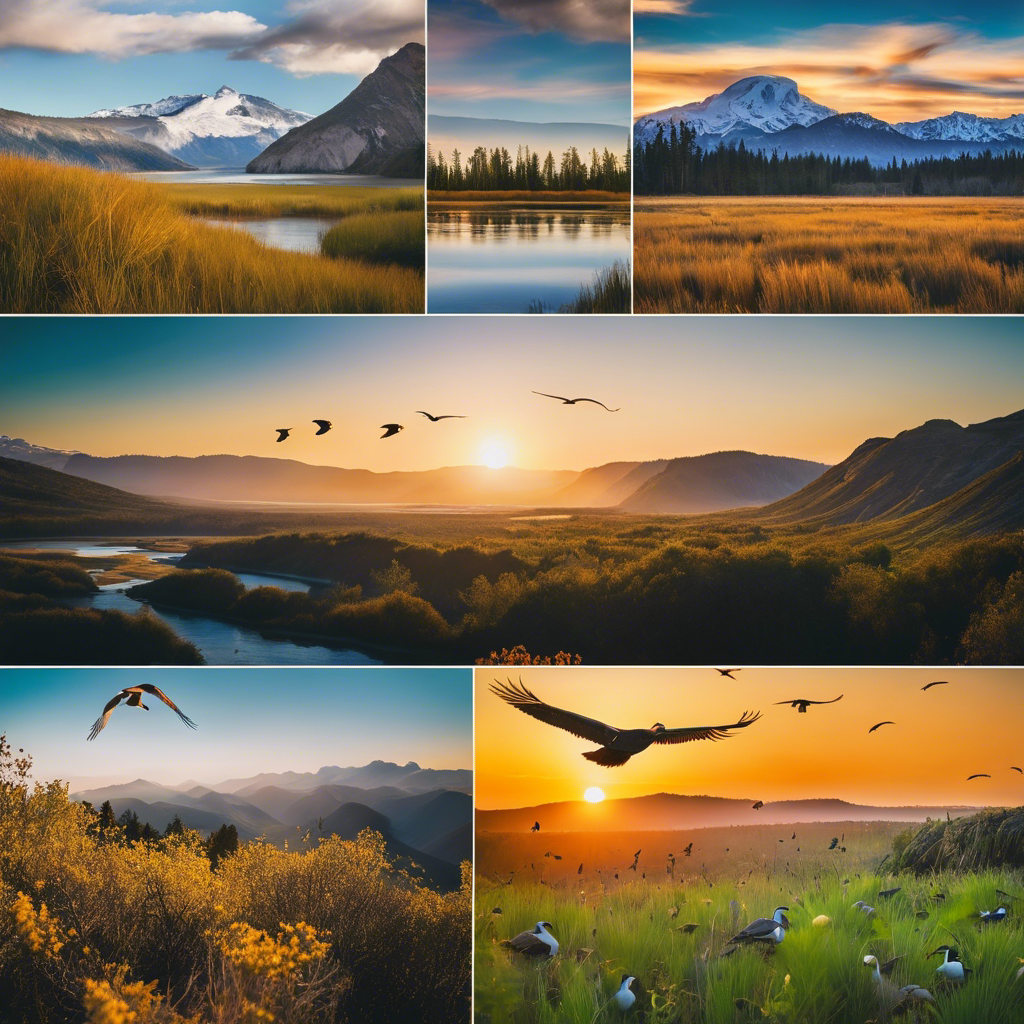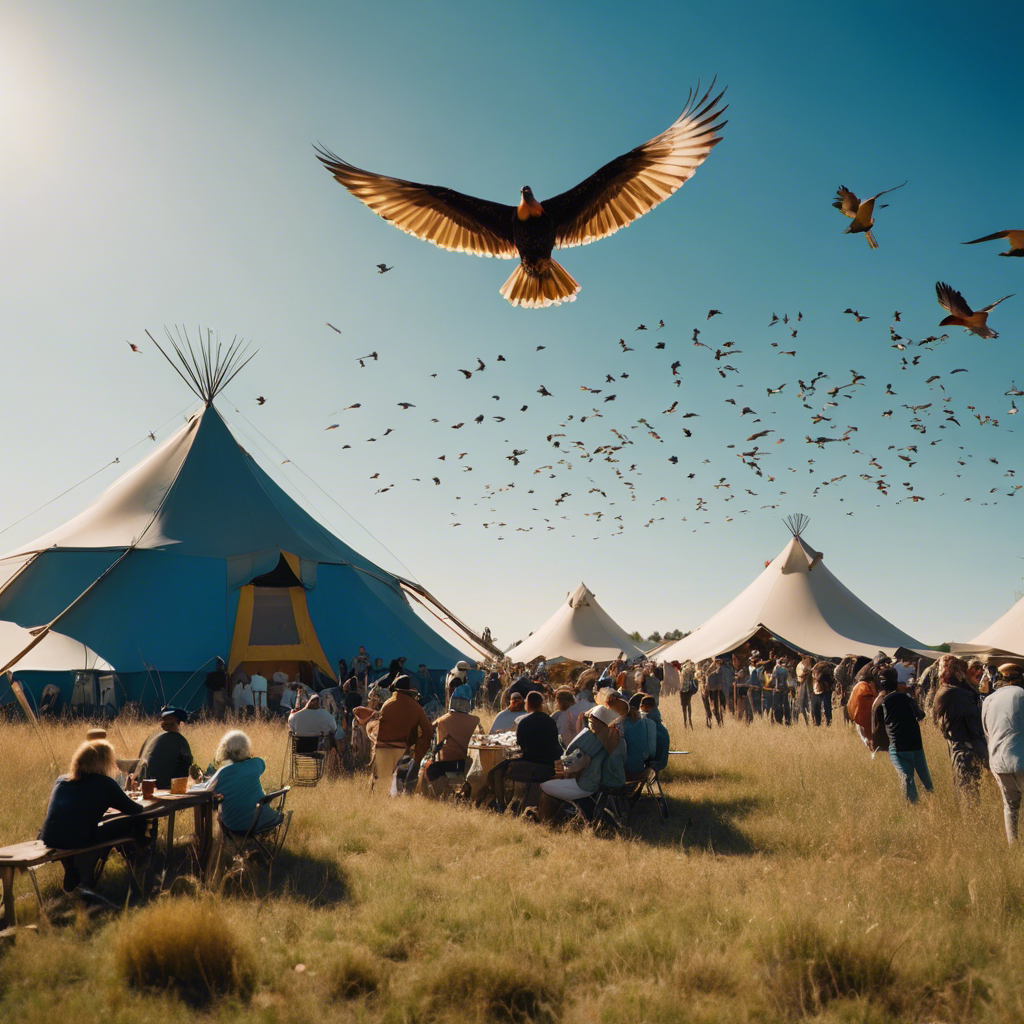As an ornithologist with years of fieldwork under my belt, my experience has taught me that birds are not just creatures to be identified, but stories to be heard. Their songs, unique to each species, resonate with the essence of their habitat. I believe that each chirp and whistle is a narrative of survival and existence.
Amidst rustling leaves and whispering winds, I’ve learned to listen intently, deciphering the secrets hidden within each melody. The joy of recognizing a bird by its song is a testament to my connection with the natural world, a bond that continually deepens with every foray into the wild.
Key Takeaways
- High-quality binoculars and a robust bird identification guide are essential equipment for birdwatching.
- Understanding bird habitats, such as forests, wetlands, grasslands, urban areas, and coastal regions, can help identify specific bird species.
- Recognizing and understanding bird calls is important for enriching the birdwatching experience and for the survival of bird species.
- Visual identification tips, such as assessing size and shape, noting field marks, observing behavior, and considering habitat and range, can aid in bird identification.
Essential Birdwatching Equipment
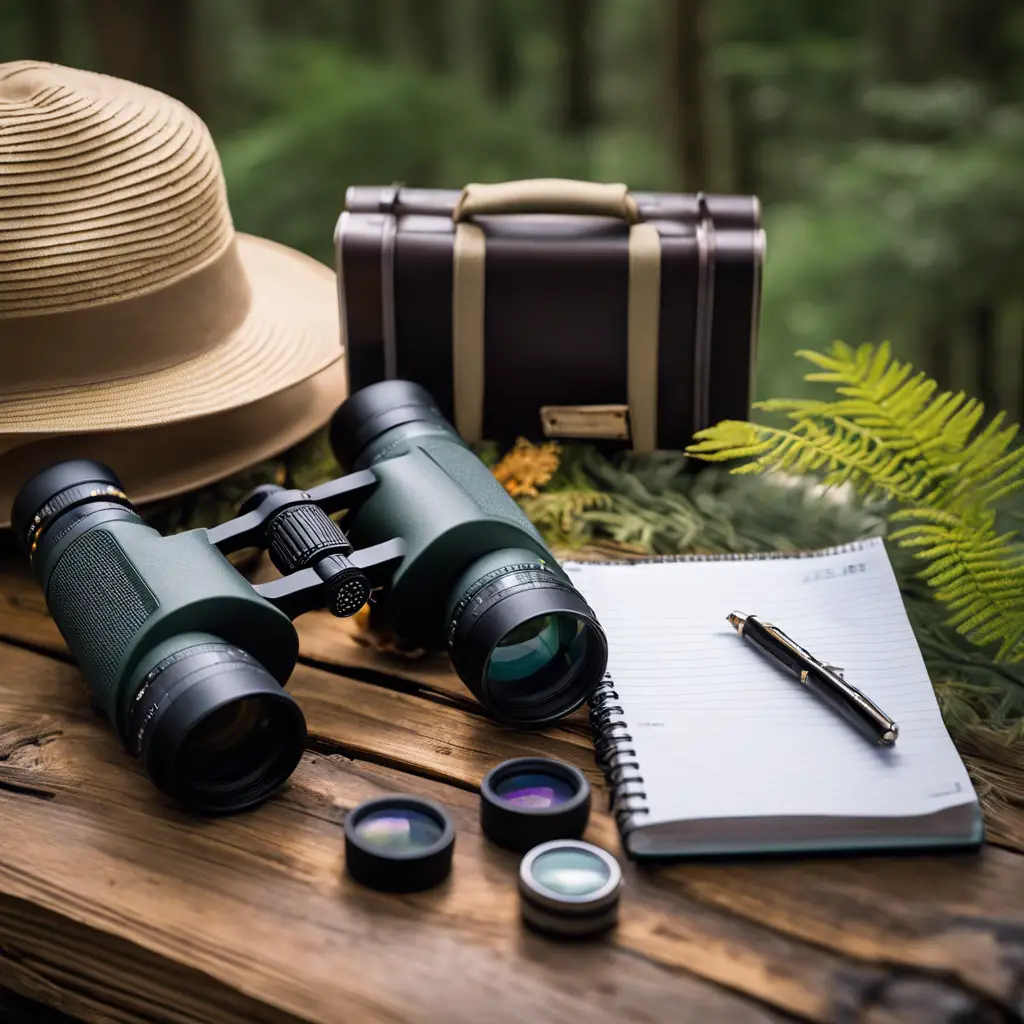
To maximize your birdwatching experience, it’s crucial to equip yourself with high-quality binoculars, allowing you to observe avian wildlife from a safe and non-disruptive distance.
Possessing a field guide is equally vital; a robust bird identification guide, perhaps one endorsed by the Cornell Lab of Ornithology, is indispensable for discerning species and understanding their distinct behaviors.
Moreover, having a notebook and pen at hand will enable you to meticulously record your observations, thus contributing to your growing knowledge of North American birdlife.
Additionally, investing in a camera to capture crisp images can greatly enhance your ability to study and appreciate the intricate details of your avian subjects.
Lastly, appropriate attire and footwear are essential to ensure your utmost comfort and agility during outdoor excursions.
Understanding Bird Habitats

Having equipped yourself with the essential birdwatching tools, you’ll now find that recognizing the varied habitats birds occupy is central to mastering species identification. Each ecosystem plays host to a unique assemblage of bird species that have adapted to their surroundings. By understanding these environments, you’ll gain insights into birds’ behaviors, dietary habits, and even the timing of their presence, such as migrations.
| Habitat Type | Features Influencing Bird Species |
|---|---|
| Forests | Canopy density, tree species |
| Wetlands | Water availability, vegetation |
| Grasslands | Grass height, openness |
| Urban Areas | Building structures, green spaces |
| Coastal Regions | Proximity to sea, tidal patterns |
Analyzing the specific features within these habitats sharpens your ability to pinpoint which of the 4 bird species you’re likely observing. Remember, bird’s habitat requirements are key when seeking out particular species, especially those that are rare or uncommon in specific regions.
Recognizing Bird Calls
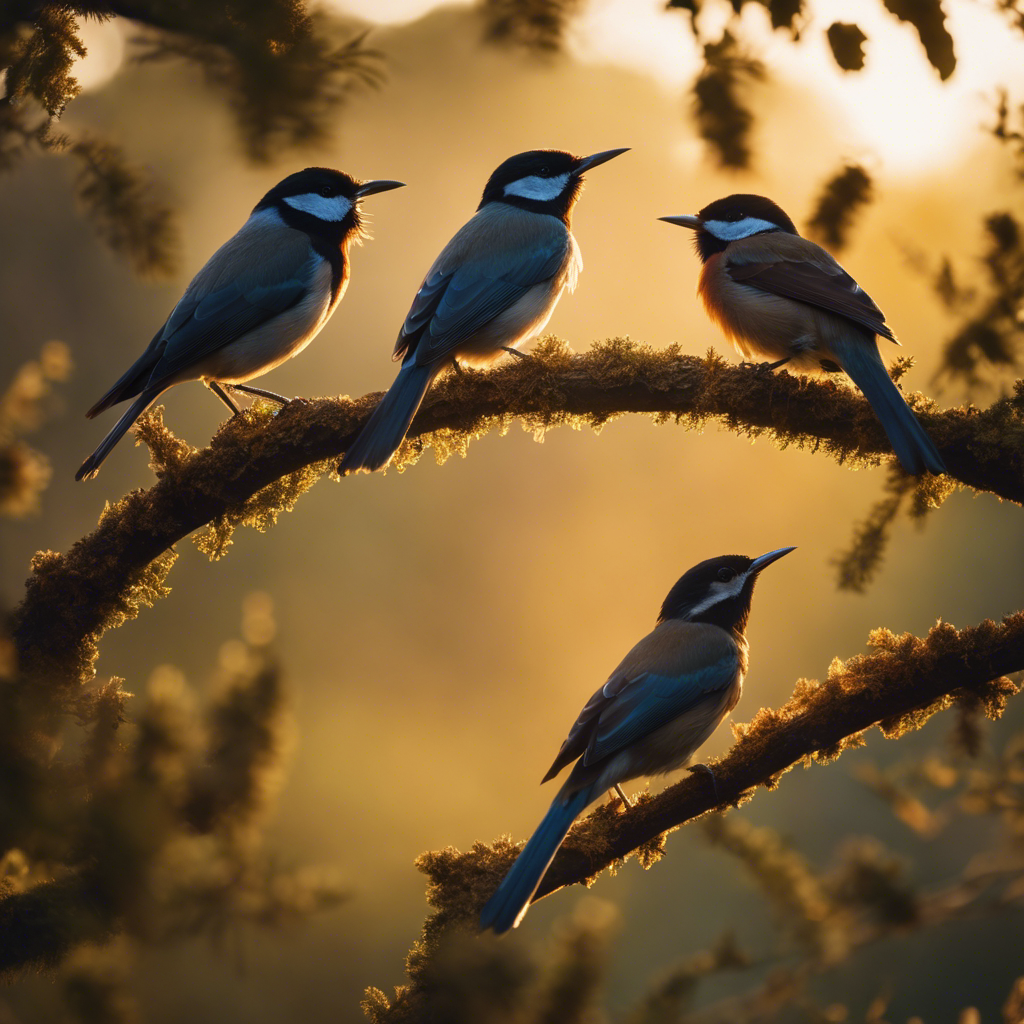
Your birdwatching experience will be significantly enriched by mastering the art of discerning the varied and intricate calls that birds use to communicate within their environments. Each species has a unique set of vocalizations that serve as acoustic signatures. These songs and calls, often complex and melodious, aren’t just random sounds but are critical for their survival. They play a pivotal role in mating rituals, claiming territory, and signaling alarm.
Visual Identification Tips
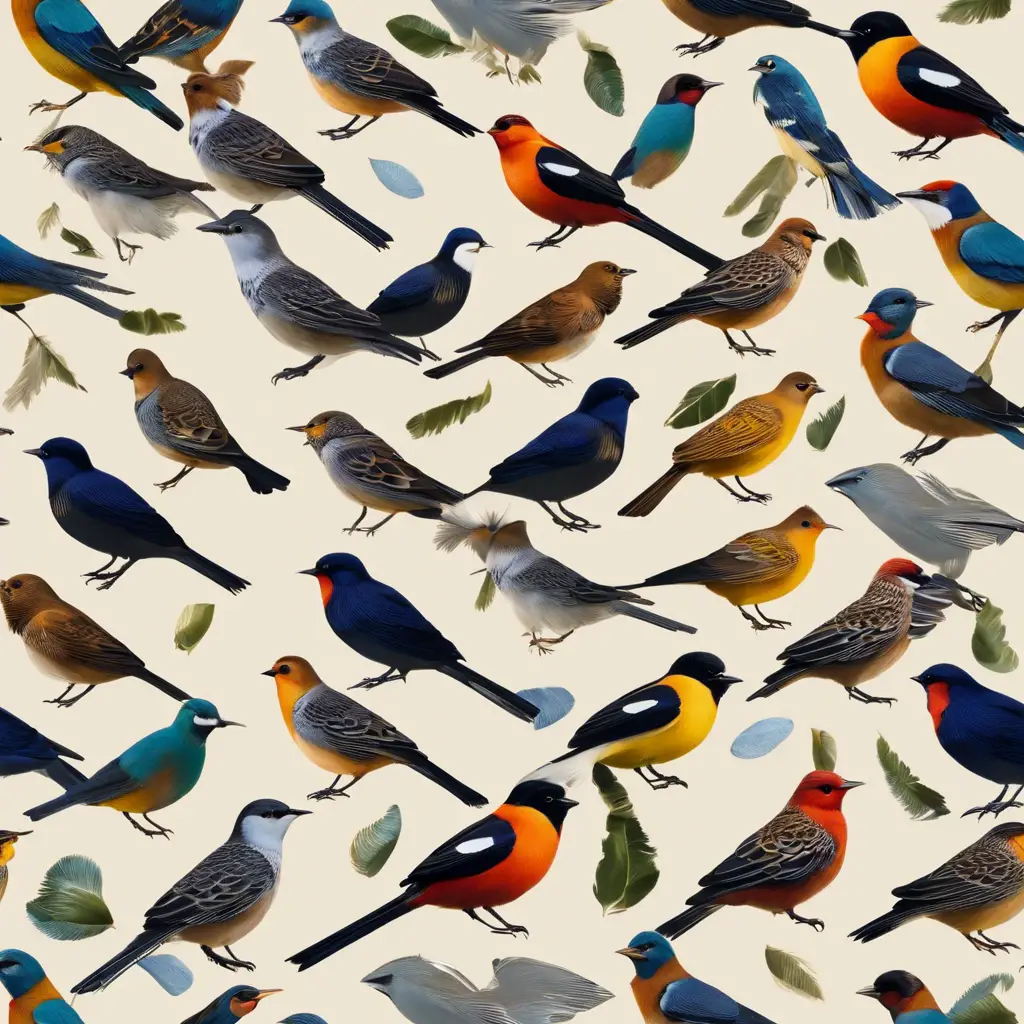
Building on your understanding of bird calls, let’s focus on the visual cues that can be just as telling for avian identification. Start by assessing the size and shape of the bird, noting the length and stoutness of its bill, as well as the overall body proportions. These structural features offer crucial initial clues.
Next, examine field marks such as distinctive stripes, spots, or color patches on the plumage. These patterns are often species-specific and can be key discriminators.
Observe the bird’s behavior attentively; for instance, its foraging style and the way it moves can hint at its identity.
Finally, consider the habitat and geographical range where you’ve encountered the bird, as these factors significantly narrow down potential species.
Each element combines to create a comprehensive visual profile for accurate identification.
Seasonal Bird Variations
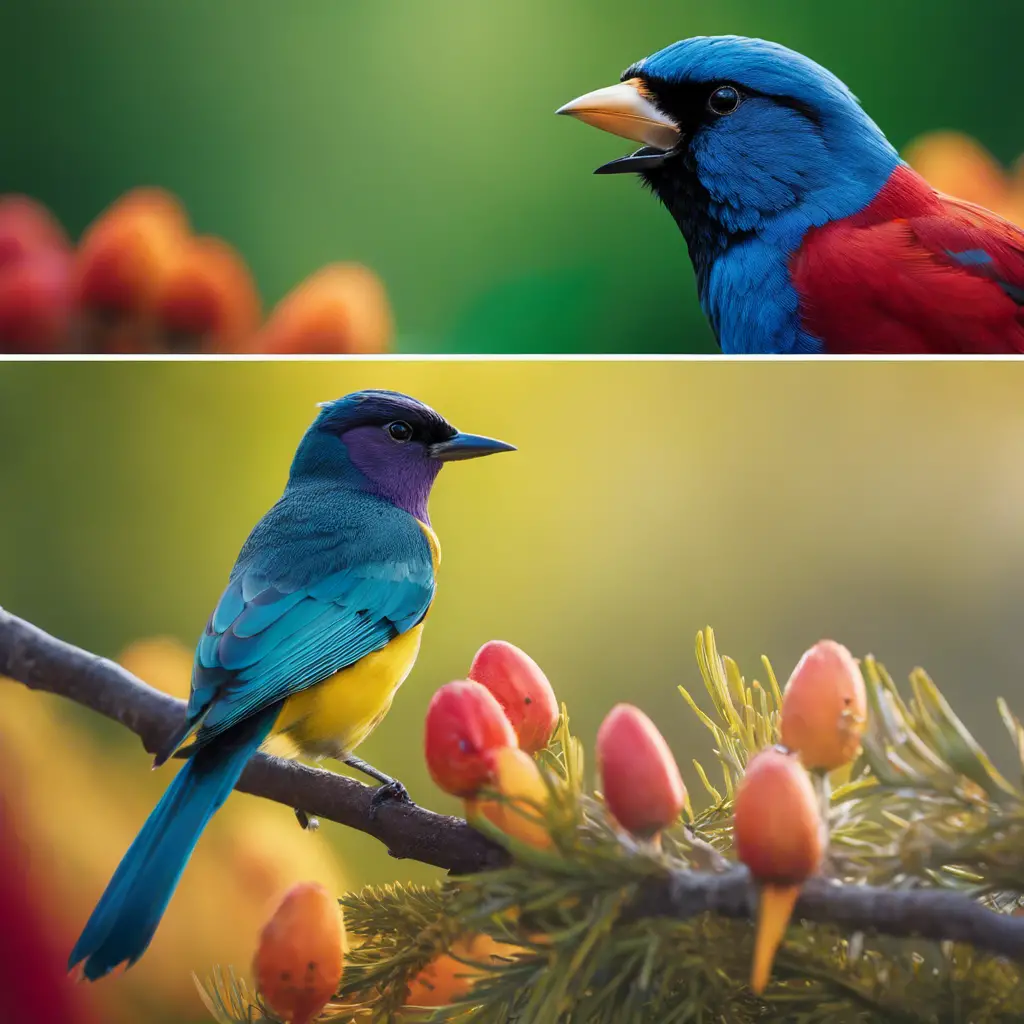
As seasons transition, birds often undergo remarkable transformations in plumage and coloration, reflecting the rhythm of their life cycles. In the breeding season, you’ll notice that some species exhibit vibrant, colorful feathers, which serve as visual signals for attracting mates. These striking displays are a stark contrast to the more subdued non-breeding plumage that aids in camouflage and survival.
Molting is a key process, allowing birds to replace old and worn feathers with a fresh set adapted to seasonal demands. You might observe distinctive features like crests or eye rings becoming prominent during this phase. For you, as a birdwatcher, recognizing these seasonal variations is essential for accurate identification, ensuring that the changes in appearance don’t lead to misidentification of species.
Behavioral Clues for ID
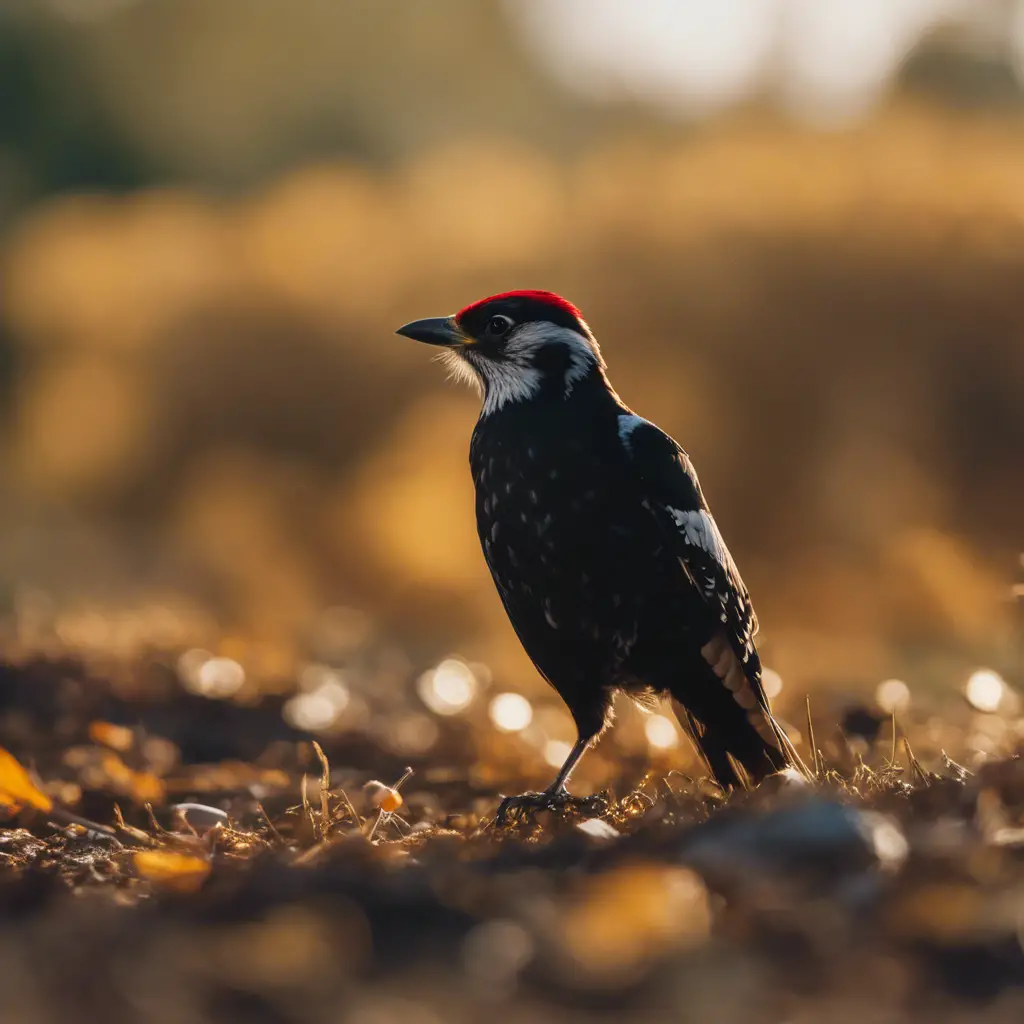
Moving beyond the visual spectacle of seasonal plumage, birdwatchers can also gain insights into species identification by observing the nuanced behaviors and movements of our feathered subjects. You’ll find that each bird’s motion—be it a distinctive flight pattern or a unique hopping style—can provide crucial clues.
Watch closely for any specialized feeding techniques or elaborate mating displays, which are telltale signs of specific species. Additionally, understanding a bird’s habitat preference is key; whether they favor forests, wetlands, or grasslands can significantly narrow your search.
Lastly, don’t overlook the importance of vocalizations. Songs, calls, and alarm notes aren’t just a delight to the ear but also a rich source of information, distinguishing one species from another with remarkable precision.
Bird Field Guide Usage
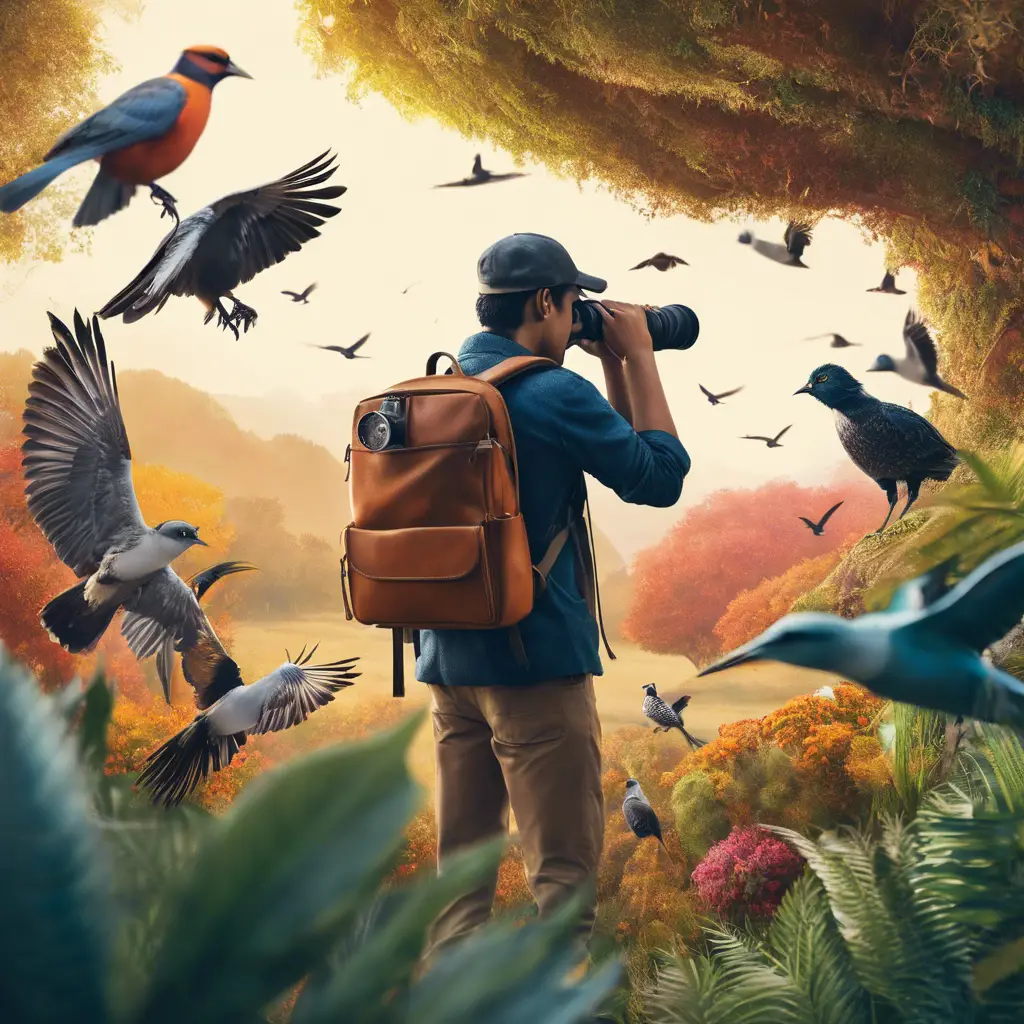
Harness the power of bird field guides and apps to transform your birdwatching experience, ensuring you identify each species with confidence and accuracy. When utilizing these tools, focus on the bird’s physical characteristics such as size, coloration, beak shape, wing configuration, and tail length.
Take into account unique field marks and color patterns that distinguish one species from another. Observe the bird’s behavior, noting feeding habits, flight patterns, and social interactions for additional identification cues. Listen carefully to vocalizations, which can be distinctive among species.
Consider the bird’s habitat preferences and geographical range, as these can significantly narrow down potential candidates. Becoming adept at using field guides and apps will greatly enhance your ability to correctly identify birds in their natural environments.
Photography in Birding
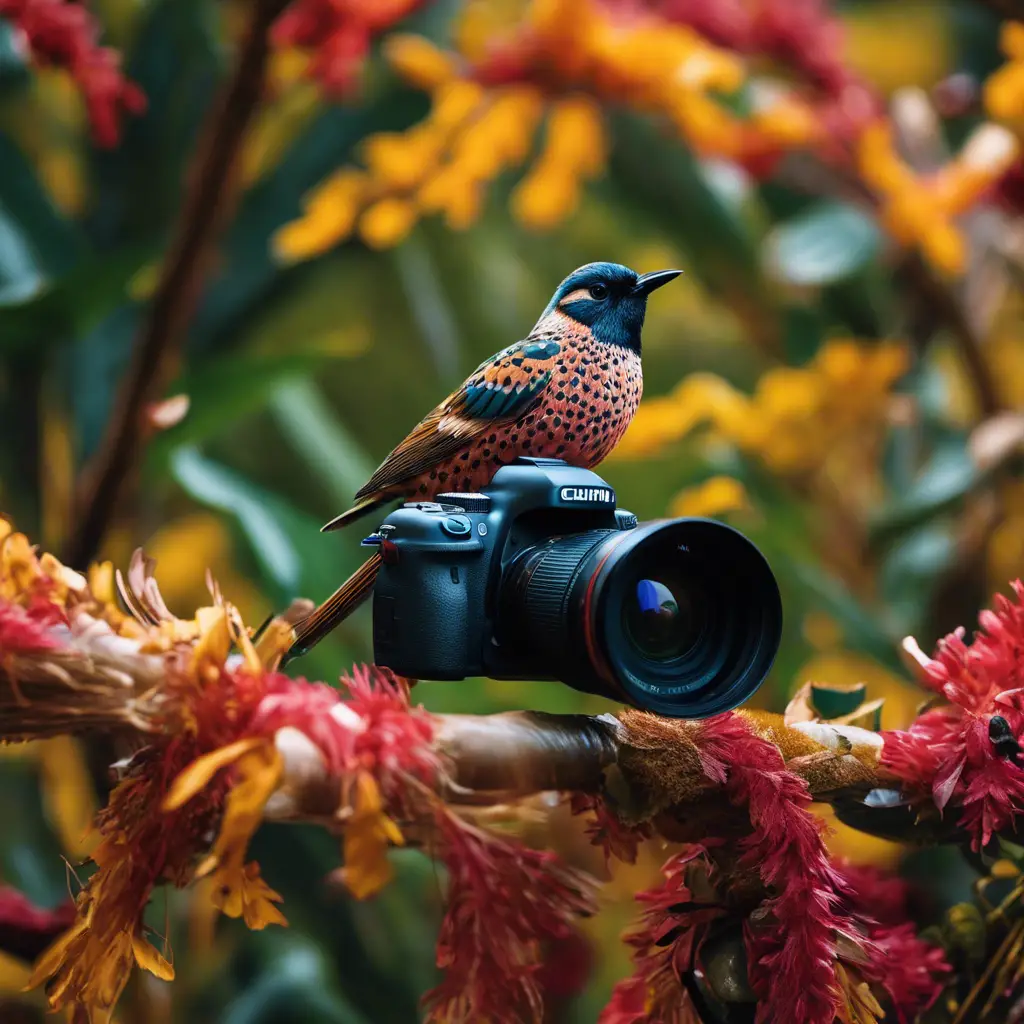
Delve into the world of bird photography to not only capture the beauty of avian species but also to contribute valuable data to ornithological studies and conservation efforts. Your images can illuminate the nuances of bird behavior, document the diversity of species in urban settings, and chronicle subtle changes in plumage across seasons. By sharing your photographs with institutions like the Cornell Lab, you’re participating in citizen science, aiding in the accumulation of knowledge that underpins conservation initiatives.
Capture fleeting moments of natural avian behavior, stirring a sense of wonder.
Document the vibrant diversity of birds within concrete jungles.
Chronicle the seasonal wardrobe changes of birds, revealing nature’s rhythms.
Contribute to scientific databases, bolstering conservation efforts.
Use your lens to advocate for the protection of fragile bird habitats.
Conservation and Ethics

As you explore the realm of birdwatching, it’s crucial to consider the impact of your activities on avian species and their habitats. Recognizing that ethical practices and conservation efforts are intertwined in the pursuit of protecting these creatures for future generations.
Bird conservation aims to safeguard and rehabilitate environments at risk due to habitat destruction and pollution. Engaging in birdwatching and citizen science initiatives can significantly bolster conservation endeavors.
The Migratory Bird Treaty Act provides a legal framework, safeguarding migratory birds across North America. Meanwhile, conservation organizations tirelessly promote awareness and lobby for effective bird protection measures.
Adhering to ethical bird photography and observation guidelines is vital to minimize stress and disturbance, ensuring the preservation of bird populations and their ecosystems.
Joining a Birding Community
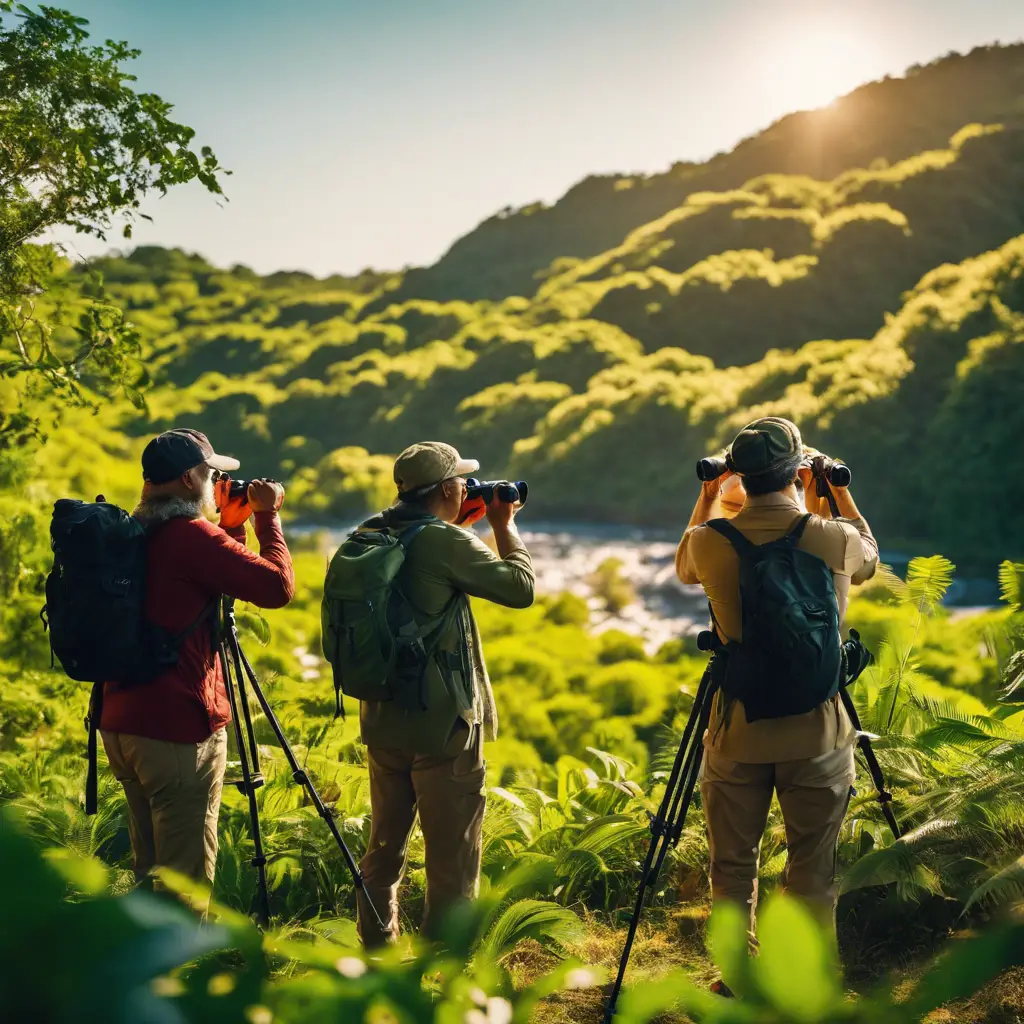
Joining a birding community can significantly enhance your birdwatching experience, offering a wealth of knowledge and opportunities for collaboration in conservation efforts. As you delve deeper into the avian world, consider the profound impact of connecting with fellow enthusiasts:
- Shared Passion: Revel in the camaraderie of those who appreciate the beauty and intricacies of avian life.
- Educational Outings: Participate in field trips that sharpen your identification skills through hands-on learning.
- Conservation Impact: Contribute to meaningful projects that protect bird populations and their habitats.
- Insider Knowledge: Discover secret birding spots and tips that only locals know.
- Supportive Network: Forge lasting connections with experts who can mentor and guide your journey in ornithology.
Embrace this opportunity to grow as a birder and advocate for the feathered wonders that grace our skies.
Frequently Asked Questions
How Do I Identify a Bird I Found?
To identify a bird you’ve found, examine its size, plumage patterns, and distinctive markings. Note its habitat and behaviors. Consult birding apps or online databases to match your observations with potential species.
Is There a Website to Identify Birds?
You can utilize online resources like the Cornell Lab of Ornithology’s All About Birds to accurately identify bird species through detailed descriptions and photographs.
What Is the Best Free App for Identifying Birds?
You’ll find the Cornell Lab of Ornithology’s All About Birds Bird Guide to be the top free app for accurate bird identification, featuring an extensive database and a library of bird calls.
How Do I Identify a Bird on Google?
To identify a bird on Google, you’ll need to describe its characteristics or upload a photo to Google Images. Look for matching images and visit reputable sites for confirmation.
Conclusion
You’re now equipped to delve into the world of birdwatching with expertise. Remember, your gear sets the stage, but it’s your understanding of habitats, bird calls, and visual cues that’ll truly enhance your identifications.
Embrace the nuances of seasonal changes, and make your field guide your bible. Capture nature’s beauty responsibly, and consider joining a community to share your passion and insights.
Above all, birding’s not just a hobby; it’s a commitment to avian conservation and ethical observation.

An avid ornithologist, zoologist and biologist with an unwavering passion for birds and wild animals.
Dr. Wilson’s journey in ornithology began in childhood and led him to obtain a Ph.D. in Ornithology from the prestigious Avian Research Institute. He has worked closely with renowned experts in the field and conducted extensive research and field studies globally.

